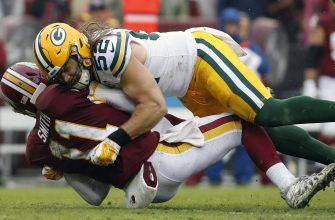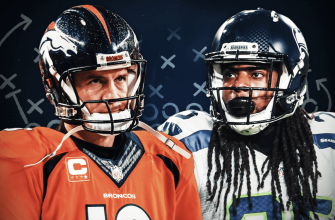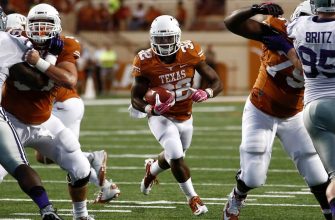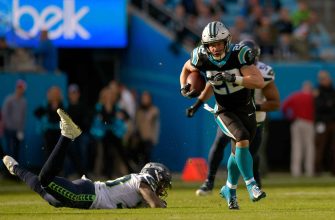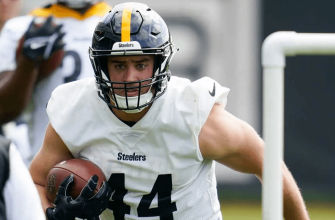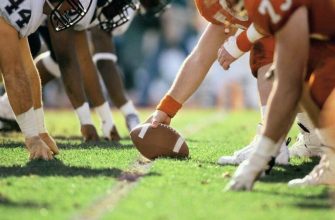Pass interference is one of the most impactful penalties in football. It occurs when a player interferes with an eligible receiver’s opportunity to catch a forward pass. Pass interference can be called on both the offense and the defense, and the penalty has significant implications for field position and possessions. Because of its severity, pass interference is one of the most controversial calls in football, often drawing fierce debates from fans and analysts. Understanding what does and does not constitute pass interference is critical for players, coaches, and fans alike.
This overview will explain the pass interference rules for both offense and defense, where the ball is placed after the foul, the automatic first down imposed, and some of the most infamous pass interference calls in NFL history. Whether you’re a casual fan or seasoned veteran, this guide will provide insight into one of football’s most influential penalties.
Definition of Pass Interference
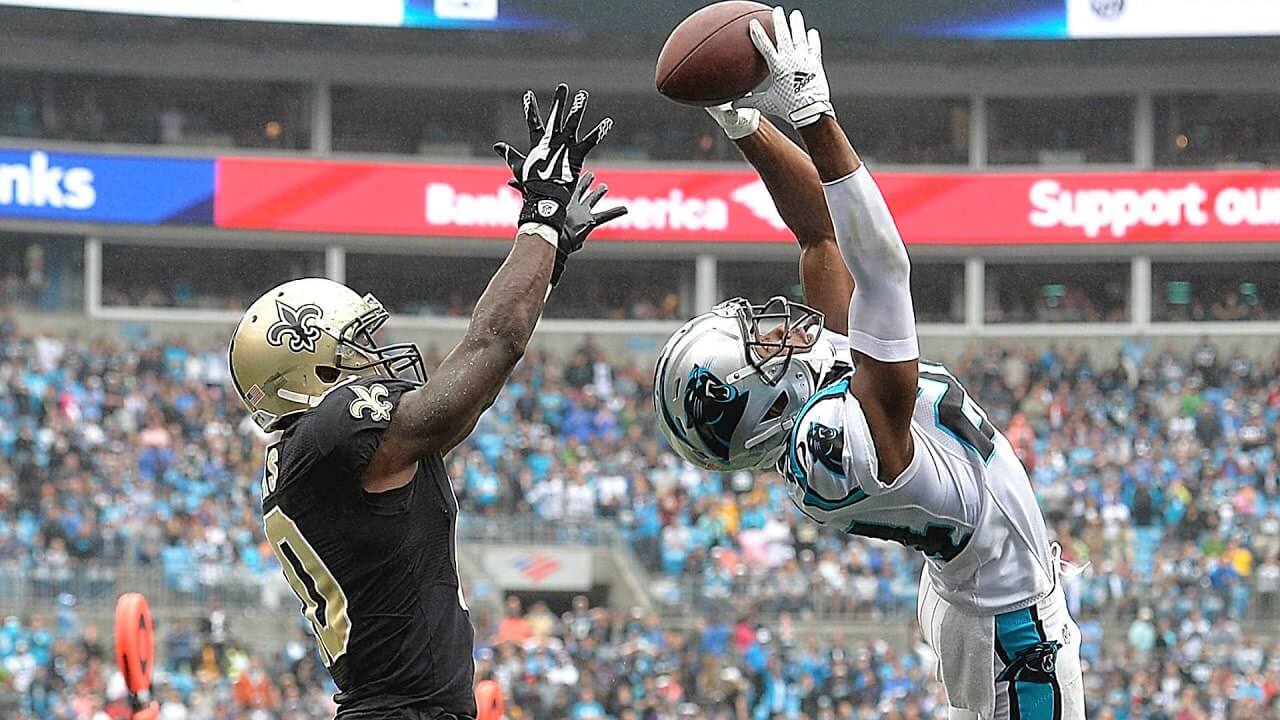
Pass interference is an infraction in American football that occurs when a player interferes with an eligible receiver’s ability to make a fair attempt to catch a forward pass. According to the official NFL rulebook, pass interference occurs when a player hinders an opponent’s opportunity to move toward, catch, or bat the football. This rule applies from the time the ball is thrown until the ball is touched.
The most common acts that constitute pass interference are:
- Pushing, shoving, or holding a receiver beyond 5 yards from the line of scrimmage before the pass arrives
- Contacting a receiver who is not looking or attempting to catch the ball
- Cutting off or obstructing a receiver’s direct path to the ball
- Driving through a receiver who has positioned himself to catch a pass
- Grabbing or tangling arms with a receiver before the ball arrives
Defensive pass interference aims to prevent covering players from unfairly obstructing eligible receivers downfield before the pass. Offensive pass interference protects covering defensive players attempting to intercept or defend the pass. The penalty for pass interference is a spot foul, an automatic first down at the spot of the foul for the offense.
Offensive Pass Interference
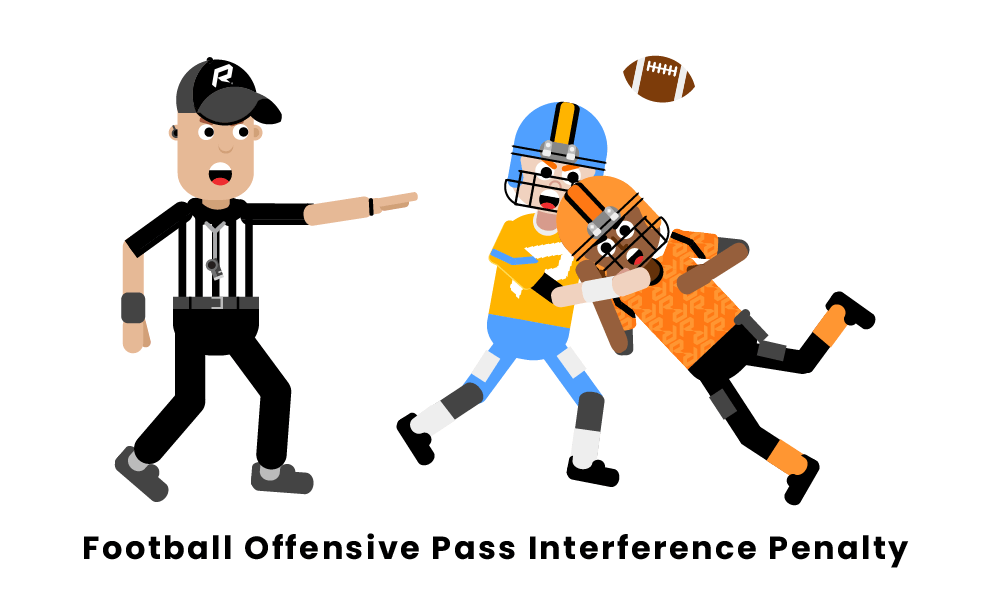
Offensive pass interference occurs when an offensive player interferes or obstructs a defensive player from catching a forward pass. It is a penalty that results in a loss of 10 yards from the spot of the foul.
Some examples of actions that constitute offensive pass interference include:
- Pushing or shoving a defender to prevent them from reaching or catching the pass
- Blocking downfield before the ball has been touched (also known as illegal blocking downfield)
- Pick plays where an offensive player obstructs a defender’s path to allow another offensive player to get open
- Hooking a defender with your arm to restrict their movement
- Driving through a defender to create separation
Offensive pass interference is called when the referee determines that an offensive player significantly hindered the opportunity for a defensive player to catch a pass. Minor contact between an offensive player and defender is allowed, but if the offensive player clearly impedes the defender’s ability to play the ball it will be called for pass interference.
The key factors referees look for are the timing of the contact and the effect it had on the defender’s opportunity to catch the pass. If the contact occurs after the pass is touched or falls incomplete, pass interference cannot be called. Overall, the determination of whether the contact constitutes interference is subjective based on the judgement of the officials. But any clear obstruction of the defender before the ball arrives that noticeably impacts their play on the ball will likely draw a flag for offensive pass interference.
Defensive Pass Interference
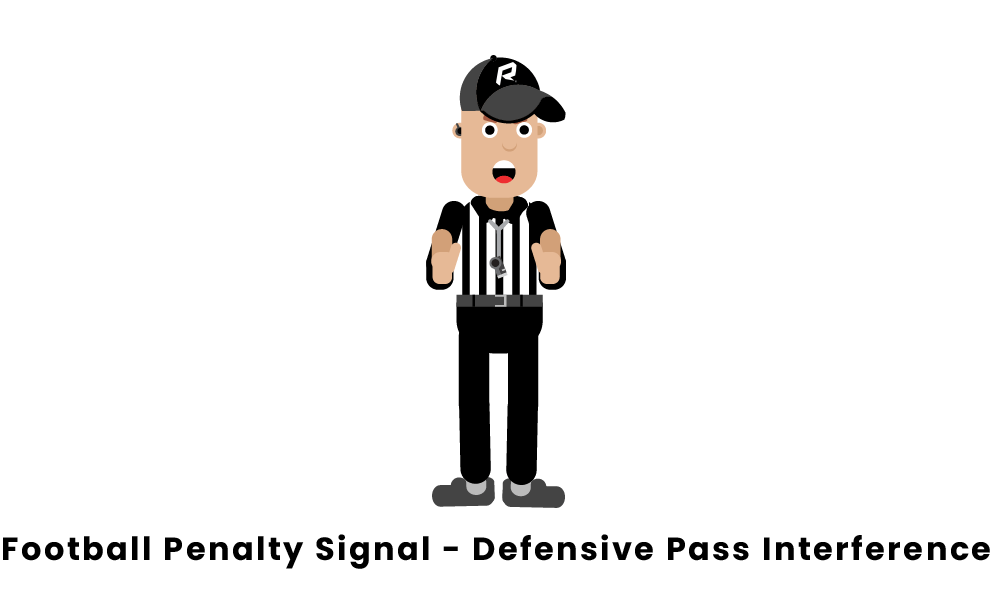
Defensive pass interference occurs when a defensive player significantly hinders an eligible receiver’s opportunity to catch a forward pass. This is usually caused by excessive contact by the defensive player before the ball arrives, but can also occur if the defender fails to make a proper attempt to catch or bat the pass.
Some common actions that constitute defensive pass interference include:
- Pushing, grabbing, or arm-barring the receiver during their route before the ball arrives.
- Cutting off or restricting the receiver’s path to the ball by making contact before they can reach it.
- Making early contact with the receiver that impedes their ability to catch the pass.
- Hooking or restraining the receiver’s arm(s) before they can reach or catch the ball.
- Wrapping up the receiver before the ball gets there, preventing them from being able to make a play.
- Shoving the receiver out of bounds before they can touch the ball.
- Making helmet-to-helmet contact with the receiver before the pass arrives.
Defensive pass interference requires the ball to be catchable and in the air – contact prior to the pass being thrown is not pass interference. The foul is called at the spot of the infraction and awards an automatic first down to the offense. It is a 10 or 15-yard penalty, depending on if the interference is deemed intentional.
Spot of the Foul
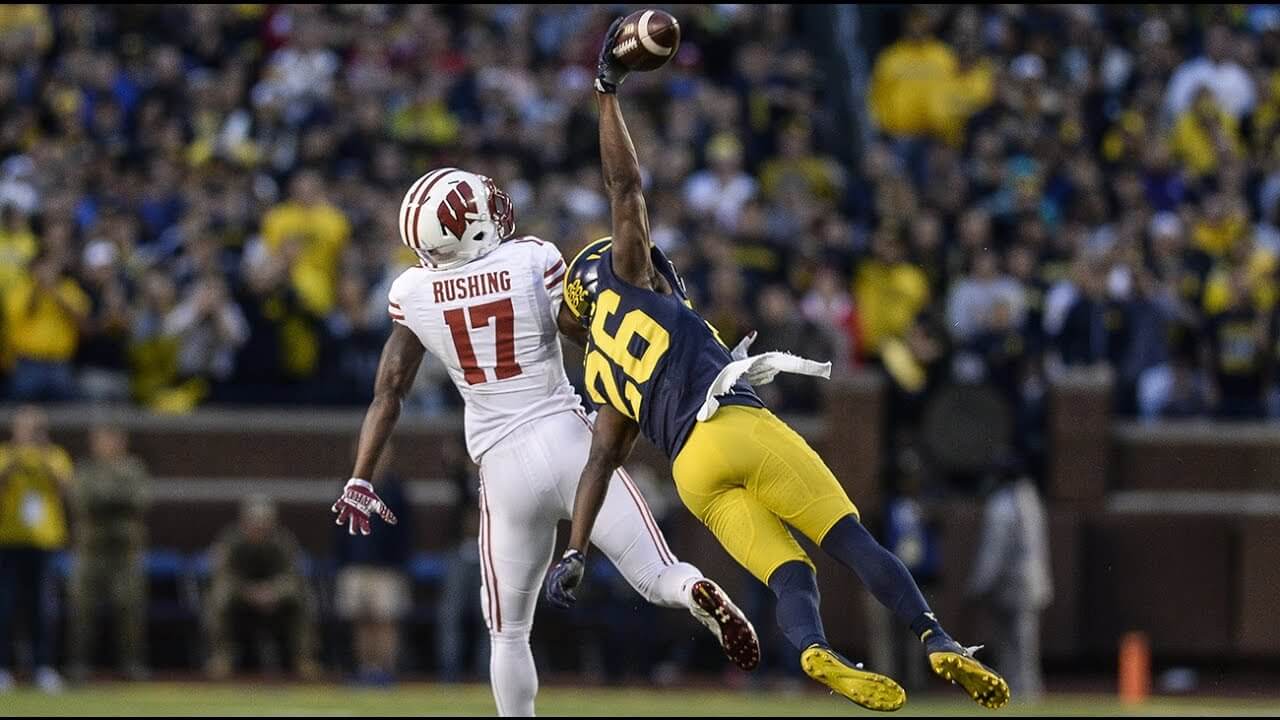
Pass interference calls can have a major impact on field position and down and distance. Depending on when and where the foul occurs, the penalty yardage can be assessed from the previous spot or the spot of the foul.
On a pass play, if pass interference is called on the defense, the ball will be placed at the spot of the foul. For example, if a defensive back interferes with a receiver 30 yards downfield from the line of scrimmage, the offense will get the ball at that spot with an automatic first down. This gives the offense a huge boost in field position.
If offensive pass interference is called, the penalty yardage will be marked off from the previous spot, not the spot of the foul. So if an offensive player commits pass interference 15 yards downfield, the ball will moved back 15 yards from the line of scrimmage, resulting in a loss of down and distance for the offense.
The spot of the foul determines where the next play will start after a pass interference penalty. Defensive pass interference moves the ball forward to where the foul occurred, while offensive pass interference moves the ball backwards. This can drastically impact the ensuing down and distance situation.
Automatic First Down
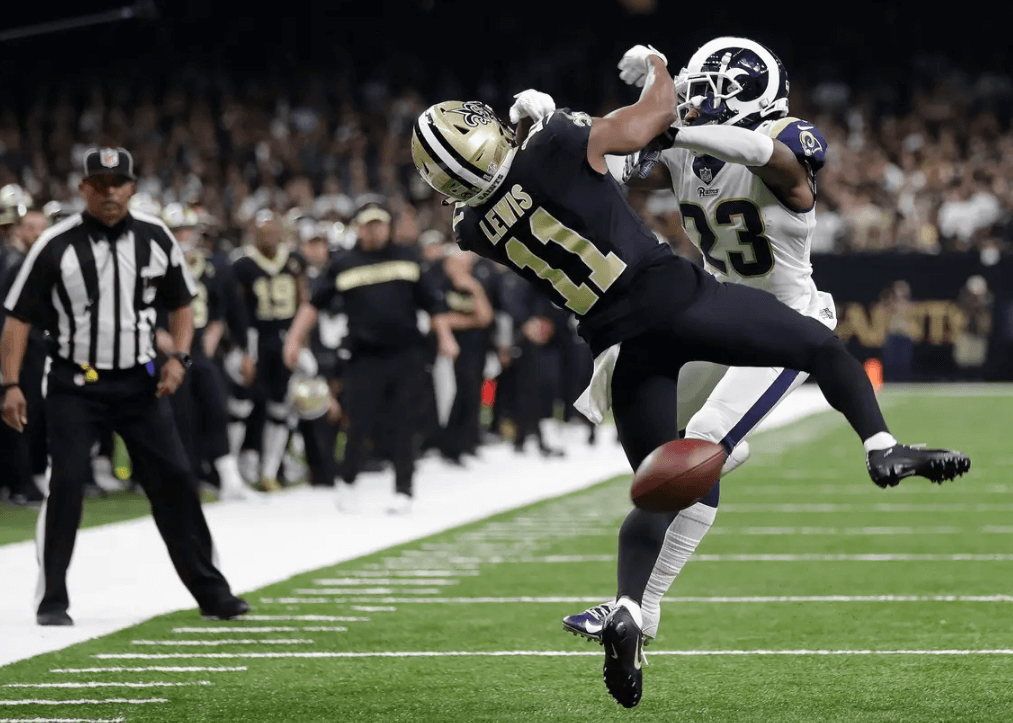
One of the unique aspects of pass interference penalties in American football is that they result in an automatic first down for the offense, regardless of the yardage needed for a normal first down. This makes pass interference especially impactful, as it gives the offense a new set of downs automatically, even if they were originally in a 3rd or 4th down situation.
The reasoning behind the automatic first down is that pass interference is seen as taking away a legitimate opportunity for the offense to make a play and advance the ball. If a defensive back interferes with a receiver on 3rd down, they have prevented the offense from attempting to get a first down through normal play. The automatic first down acts as compensation for taking away that chance. Without it, a defensive back could strategically interfere on 3rd and long to force a 4th down punt without significant penalty.
Some argue that the automatic first down gives too much advantage to the offense and over-penalizes the defense. However, it remains an entrenched rule at all levels of football as a way to strongly deter pass interference from defenses. Note that pass interference results in an automatic first down even if the foul occurs well short of the first down marker or back near the line of scrimmage. Any pass interference, no matter how little yardage is affected, will result in a fresh set of downs for the offense.
Preventing Pass Interference
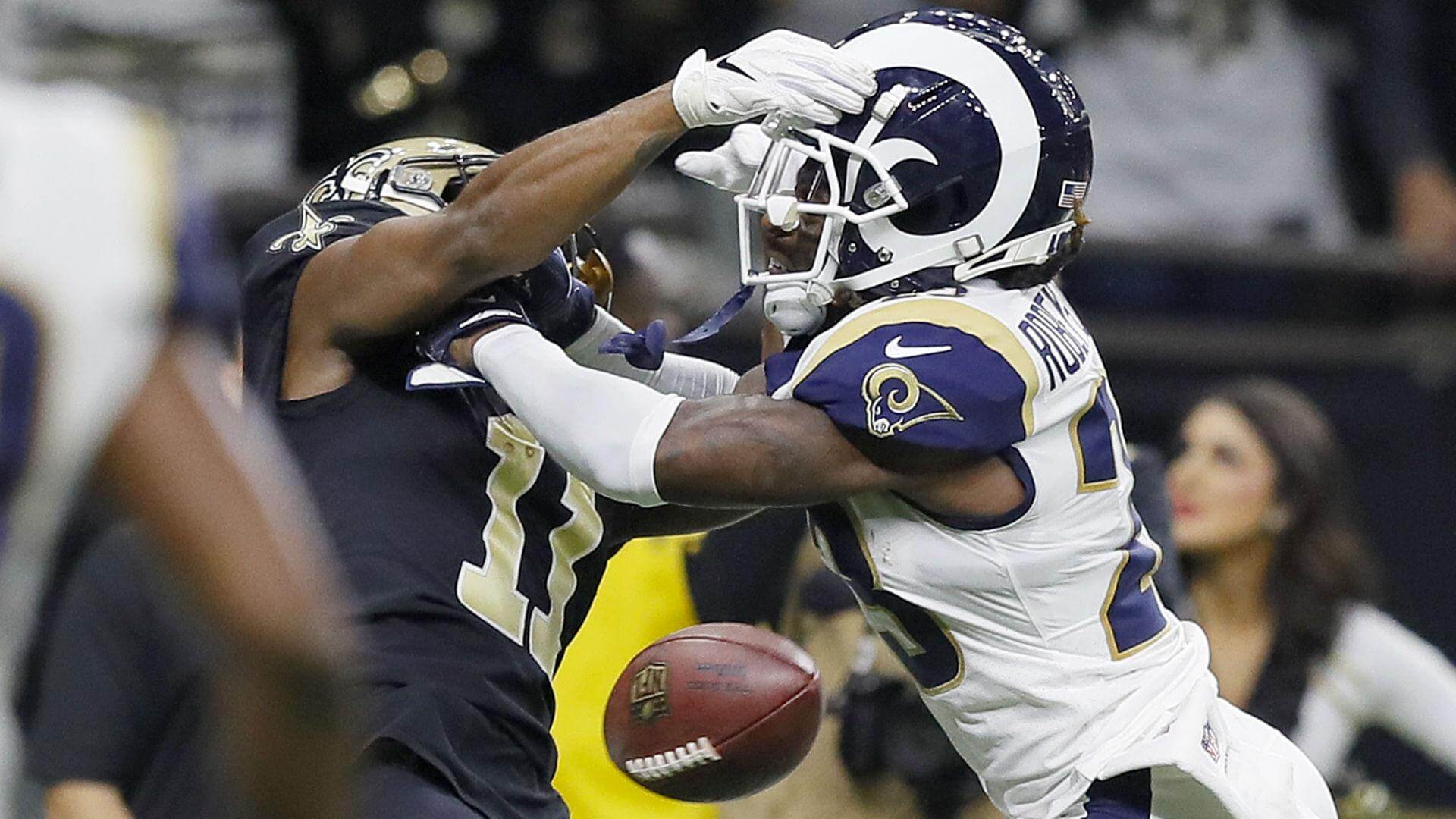
Pass interference can be a game-changing penalty, so both offensive and defensive players should focus on avoiding it. Here are some tips:
For Offensive Players
- Do not push or shove the defender downfield before the ball arrives. Make your cut or break quickly without contacting the defender.
- Avoid picking or blocking the defender when they are not involved in the play.
- Run your route cleanly without grabbing or hooking the defender’s arm.
- If the ball is underthrown, do not try to come back and play defender to prevent an interception. This often leads to offensive PI.
- If the defender establishes position first, avoid running through them to get to the ball.
- On screens or pick plays, make sure to set up within one yard of the line of scrimmage. Downfield blocking will draw a flag.
For Defensive Players
- Do not grab or cling onto the receiver’s body or arms down the field. Keep your hands off unless going for the interception.
- Avoid body checking or shoulder tackling the receiver before the ball gets there.
- If beat in coverage, do not panic and tackle or grab the receiver early. Keep playing through the whistle.
- When face guarding without looking back for the ball, be careful not to initiate significant contact.
- On underthrown passes, do not cut off or shield the receiver before playing the ball.
- If the receiver sets a pick, avoid the illegal contact and work around the screen.
By focusing on quick feet, proper technique, and disciplined play, both offensive and defensive players can reduce their chances of committing this impactful penalty.
Famous Pass Interference Calls
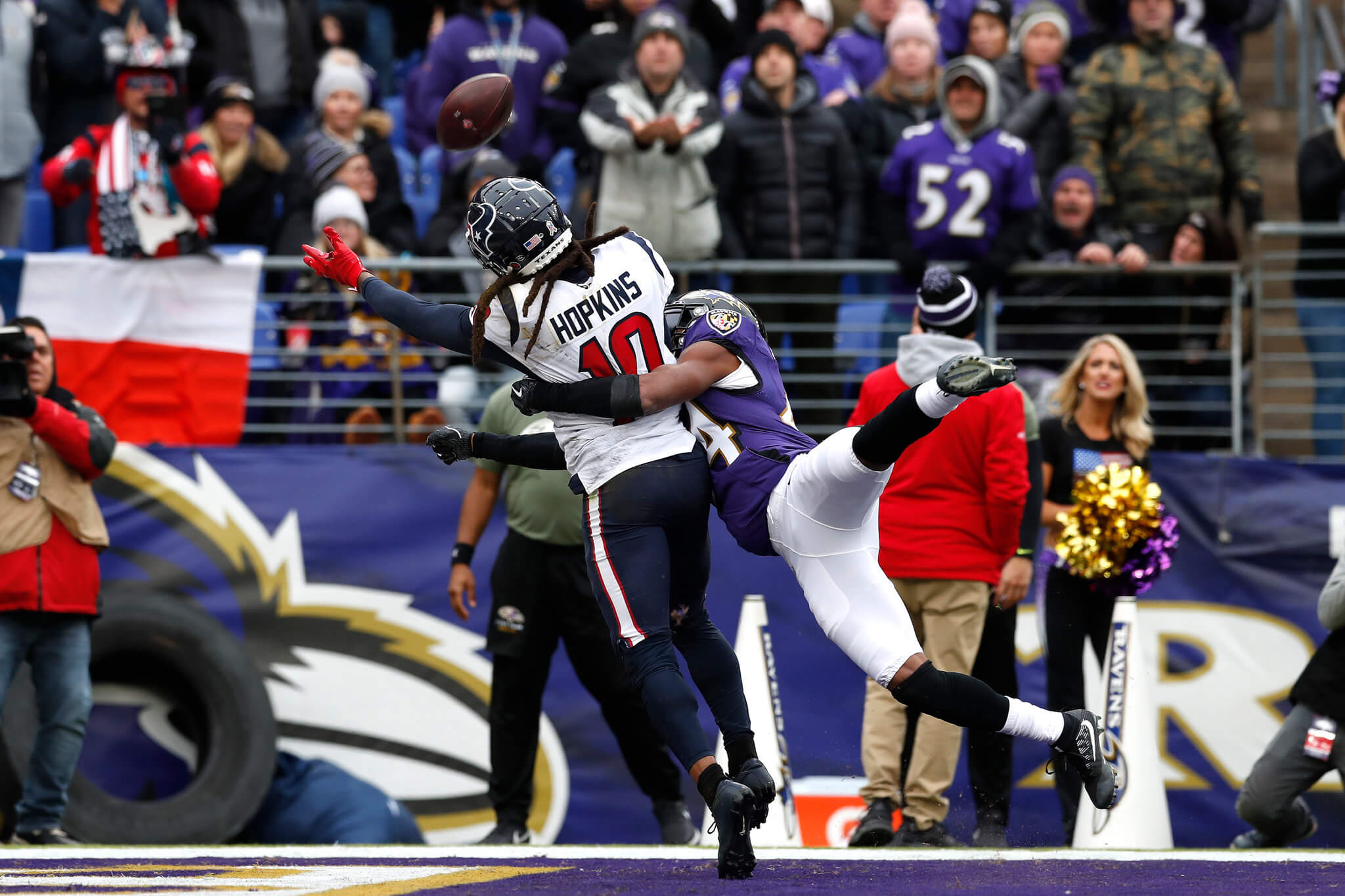
Pass interference calls, whether made or missed by officials, have changed the outcomes of many important NFL games throughout history.
Here are some of the most memorable and controversial pass interference moments:
- 1975 AFC Divisional Playoffs – Raiders vs. Steelers – With 22 seconds left, Steelers WR Lynn Swann was interfered with by Raiders DB George Atkinson in the end zone but no flag was thrown. This non-call allowed the Raiders to hold on and win the game 16-10, denying the Steelers a chance to tie.
- 1998 NFC Championship Game – Vikings vs. Falcons – Late in regulation, Falcons DB Ray Buchanan clearly interfered with Vikings WR Randy Moss in the end zone but wasn’t called for it. Atlanta went on to win 30-27 in overtime and advance to the Super Bowl.
- 2002 AFC Wild Card Game – Browns vs. Steelers – With 1:05 remaining and trailing by 5, Browns QB Tim Couch completed a long pass to WR Quincy Morgan, who was tackled at the 1 yard line. An offensive PI call negated the catch and allowed Pittsburgh to hold on for a 36-33 win.
- 2019 NFC Championship – Rams vs. Saints – Late in the 4th quarter with the score tied 20-20, Rams CB Nickell Robey-Coleman committed blatant PI against Saints WR Tommylee Lewis in the end zone but wasn’t flagged. The non-call was a huge controversy and allowed the Rams to eventually win in OT and advance to the Super Bowl.
- 2022 AFC Championship – Bengals vs. Chiefs – With under a minute left, Bengals WR Tee Higgins pushed off Chiefs DB Trent McDuffie in the end zone which could have been called OPI. However, a late PI flag on Chiefs DB Jaylen Watson allowed the Bengals to score the game-winning TD.
Pass Interference Review
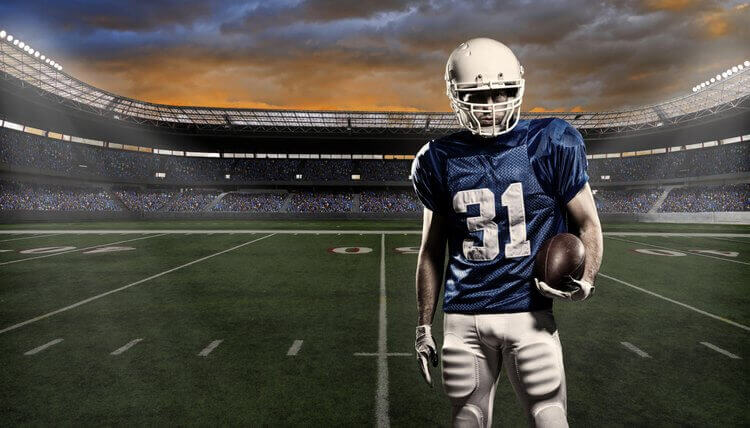
The rules around reviewing pass interference calls in the NFL have gone through some changes in recent years. Prior to 2019, pass interference calls (and non-calls) were not reviewable and couldn’t be challenged. The on-field ruling of the officials was final.
However, after a controversial non-call late in the NFC Championship game in January 2019, the NFL adopted a new rule that allowed coaches to challenge offensive and defensive pass interference calls, as well as non-calls, up until the two-minute warning of each half. Replays of these challenged calls were reviewed by officials in New York.
This new review system was not without controversy itself. Coaches were hesitant to risk losing a timeout on challenging borderline calls. And the replay reviews often failed to overturn the on-field rulings due to a lack of “clear and obvious” visual evidence.
After just one season, the NFL scrapped this experimental challenge system for pass interference. Beginning in 2020, coaches could no longer challenge these judgment calls. However, the league did allow for replay review of pass interference in the final two minutes of each half. This more limited system puts the replay reviews in the hands of the replay officials, rather than the coaches.
The evolution of instant replay review for pass interference continues to spark debate. Some feel that adding review has only increased confusion and inconsistency. Others argue that pass interference is too impactful to not have some replay oversight. The league seems set on keeping replay reviews restricted to the most critical end-of-game situations for now. But as technology improves, there continues to be discussion around expanding the role of replay in reviewing pass interference.
Conclusion
Pass interference is one of the most complex rules in football. To recap, it occurs when a player significantly hinders an eligible receiver’s opportunity to catch a forward pass, regardless of whether the pass is catchable.
The key facets of pass interference include:
- It applies only to forward passes beyond the line of scrimmage, before the pass is touched.
- Offensive pass interference is called when an offensive player impedes a defender. Defensive pass interference occurs when a defensive player impedes a receiver.
- Pass interference calls result in a spot foul, an automatic first down for the offense. The ball is placed at the spot of the foul.
- Defenders must be careful not to make contact with a receiver after 5 yards from the line of scrimmage to avoid pass interference. Receivers cannot push off defenders to get separation.
- Pass interference can only be called if the pass is deemed catchable. There is also no pass interference beyond the line of scrimmage on touch passes.
- Some of the most (in)famous pass interference calls have occurred in crucial playoff situations, significantly impacting the outcome of championship games.


